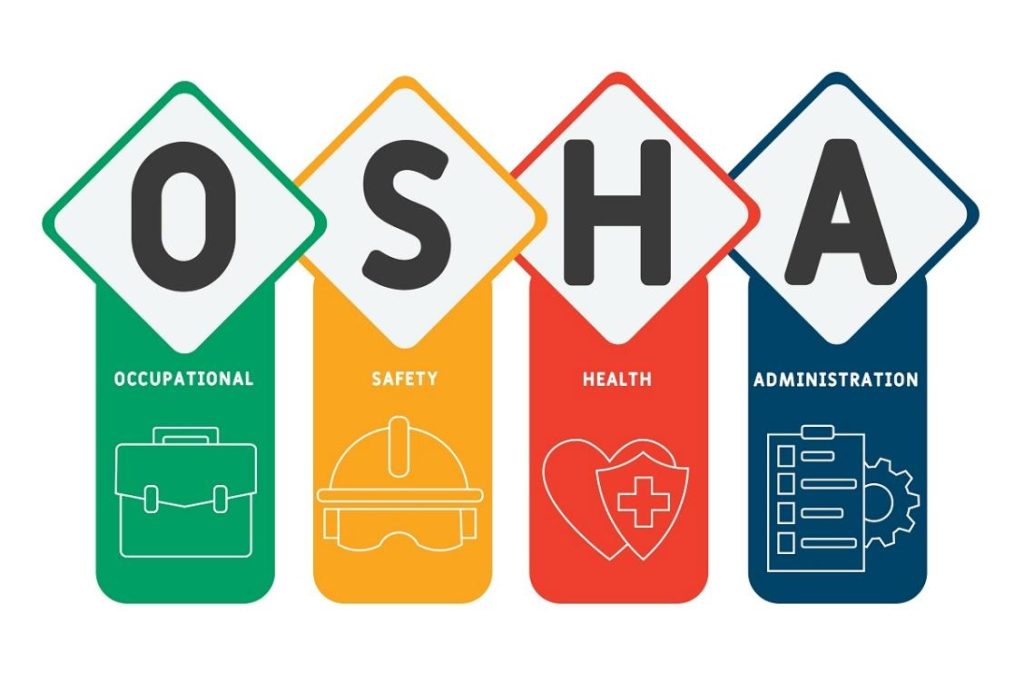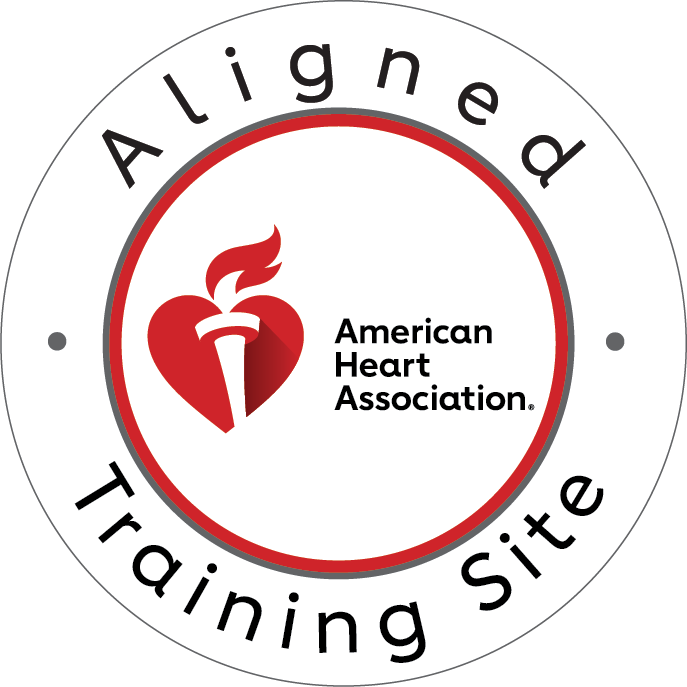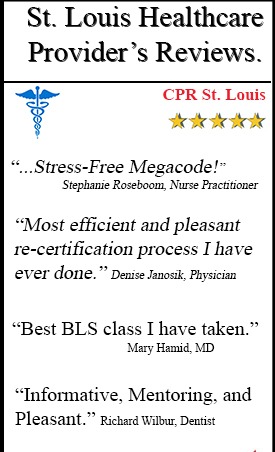In today’s workplace environment, safety regulations play a crucial role in protecting employees from potential hazards. Among these regulations, the Occupational Safety and Health Administration (OSHA) stands as one of the most significant frameworks designed to ensure safe and healthful working conditions. This article explores what OSHA means, its standards, purpose, and how it differs from the American Heart Association (AHA) CPR certification.

What Does OSHA Mean?
The Occupational Safety and Health Administration, commonly known as OSHA, is a federal agency that operates under the United States Department of Labor. Established in 1970 by the Occupational Safety and Health Act, signed by President Richard Nixon, OSHA was created in response to growing concerns about workplace safety and health hazards.
OSHA’s mandate covers most private sector employers and their workers, in addition to some public sector employers and workers in the 50 states and certain territories. The agency is responsible for setting and enforcing protective workplace safety and health standards, while also providing information, training, and assistance to employers and workers.
The Purpose of OSHA
OSHA’s primary purpose is to ensure safe and healthful working conditions for working men and women by authorizing enforcement of the standards developed under the OSH Act. The agency’s mission can be broken down into several key objectives:
Preventing Workplace Injuries and Illnesses
The fundamental goal of OSHA is to prevent work-related injuries, illnesses, and deaths. By establishing and enforcing standards, OSHA aims to reduce the number of workplace incidents that can lead to serious consequences for workers.
Promoting Safer Working Environments
OSHA works to promote safer and healthier working environments through a variety of programs and initiatives. The agency provides education, outreach, and compliance assistance to help employers create safer workplaces.
Enforcing Workplace Safety Standards
Through inspections and investigations, OSHA enforces workplace safety standards to ensure that employers are providing safe working conditions. The agency has the authority to issue citations and penalties for violations of these standards.
Providing Training and Education
OSHA offers various training programs and educational resources to help workers and employers better understand workplace hazards and how to address them. These programs cover a wide range of safety and health topics, from hazard recognition to compliance with OSHA standards.
OSHA Standards: A Comprehensive Framework
OSHA standards are rules that describe the methods employers must use to protect their employees from hazards. These standards are divided into four main categories:
General Industry Standards
These standards apply to most workplaces and cover a wide range of hazards. They include requirements for things like:
- Machine guarding
- Electrical safety
- Hazard communication
- Personal protective equipment
- Fire safety
- Exit routes
- Walking and working surfaces
General industry standards are found in Title 29 of the Code of Federal Regulations (CFR), Part 1910, and apply to most non-construction workplaces.
Construction Standards
These standards apply specifically to construction worksites and address hazards such as:
- Fall protection
- Scaffolding
- Excavations
- Stairways and ladders
- Concrete and masonry
- Steel erection
- Demolition
Construction standards are found in 29 CFR Part 1926 and apply to worksites engaged in construction, alteration, or repair.
Maritime Standards
These standards apply to shipyard employment, marine terminals, and longshoring operations. They address hazards specific to maritime work environments, such as:
- Ship repair
- Cargo handling
- Vessel maintenance
- Diving operations
Maritime standards are found in 29 CFR Parts 1915, 1917, and 1918.
Agriculture Standards
These standards apply to agricultural operations and address hazards such as:
- Farm equipment safety
- Storage of hazardous materials
- Field sanitation
- Temporary labor camps
Agriculture standards are found in 29 CFR Part 1928.
In addition to these specific standards, OSHA also enforces the General Duty Clause, which requires employers to maintain a workplace free from recognized hazards that are causing or likely to cause death or serious physical harm to employees.
OSHA Compliance and Enforcement
Compliance with OSHA standards is mandatory for covered employers. OSHA enforces these standards through:
Workplace Inspections
OSHA conducts inspections of workplaces to ensure compliance with its standards. These inspections can be triggered by worker complaints, referrals, targeted inspections in high-hazard industries, or follow-ups to previous inspections.
Citations and Penalties
When OSHA identifies violations of its standards, it can issue citations and propose penalties. The severity of the penalty depends on factors such as the gravity of the violation, the employer’s history of previous violations, and the size of the business.
Whistleblower Protection
OSHA protects workers who report violations of workplace safety standards from retaliation by their employers. This protection encourages workers to come forward with concerns about workplace hazards without fear of losing their jobs or facing other adverse actions.
The Difference Between OSHA and AHA CPR Certification
While both OSHA and the American Heart Association (AHA) are concerned with safety, they serve different purposes and offer different types of certifications. Understanding the differences between OSHA and AHA CPR certification is important for employers and workers alike.
OSHA Certification
OSHA does not issue certifications in the same way that the AHA does. Instead, OSHA sets standards and requirements for workplace safety, including first aid and CPR training in certain circumstances. OSHA’s regulations may require employers to have employees trained in first aid and CPR, but OSHA itself does not provide or certify this training.
When OSHA requires first aid or CPR training, it generally accepts training from nationally recognized organizations, such as the AHA, the American Red Cross, or the National Safety Council.
AHA CPR Certification
The American Heart Association is a non-profit organization dedicated to fighting heart disease and stroke. The AHA offers several certification courses related to cardiovascular emergencies, including:
- Basic Life Support (BLS) for Healthcare Providers
- Advanced Cardiovascular Life Support (ACLS)
- Pediatric Advanced Life Support (PALS)
- Heartsaver CPR AED
- Heartsaver First Aid
AHA certifications are typically valid for two years and require renewal through a refresher course. These certifications are widely recognized and often required for healthcare professionals and others who may need to respond to cardiovascular emergencies.
Key Differences
There are several key differences between OSHA requirements and AHA CPR certification:
- Scope: OSHA covers a broad range of workplace safety issues, while AHA CPR certification focuses specifically on cardiovascular emergency response.
- Authority: OSHA is a federal regulatory agency with enforcement authority, while the AHA is a non-profit organization that develops and promotes cardiovascular emergency response protocols.
- Certification vs. Regulation: The AHA issues certifications to individuals who complete its training programs, while OSHA sets regulations that may require employers to ensure their employees have appropriate training.
- Target Audience: AHA certifications are particularly important for healthcare professionals, while OSHA regulations apply to a wide range of industries and workplaces.
- Content: AHA courses focus on specific cardiovascular emergency response techniques, while OSHA’s first aid requirements cover a broader range of workplace injuries and illnesses.
Despite these differences, OSHA and AHA certifications can complement each other in creating a safe workplace. Many employers choose to have their employees obtain AHA CPR certification to help meet OSHA’s requirements for workplace safety.
The Importance of OSHA Compliance
Compliance with OSHA standards is not just a legal obligation; it also offers several benefits for both employers and workers:
For Employers
- Reduced Costs: Preventing workplace injuries and illnesses can lead to lower workers’ compensation costs, reduced medical expenditures, and decreased costs associated with lost productivity.
- Improved Productivity: A safe and healthy workplace tends to have higher employee morale and lower turnover, leading to increased productivity.
- Enhanced Reputation: Companies known for their commitment to worker safety often have a better reputation among customers, suppliers, and potential employees.
For Workers
- Reduced Risk: OSHA standards help protect workers from serious hazards in the workplace, reducing the risk of injuries, illnesses, and fatalities.
- Increased Awareness: OSHA’s emphasis on training and education helps workers become more aware of potential hazards and how to address them.
- Enhanced Quality of Life: A safer workplace contributes to a better quality of life for workers and their families, with fewer work-related injuries and illnesses affecting their personal lives.
Conclusion
OSHA plays a vital role in ensuring workplace safety and health across various industries in the United States. Through its standards, enforcement activities, and educational programs, OSHA helps protect millions of workers from potential hazards on the job.
While OSHA sets the regulatory framework for workplace safety, organizations like the American Heart Association provide specific training and certification in areas like CPR and first aid that can help employers meet OSHA requirements and create safer workplaces.
Understanding the purpose, standards, and requirements of OSHA, as well as how it differs from AHA CPR certification, is essential for employers and workers who want to maintain a safe and healthy work environment.
Take Action Today
If you’re in the St. Louis area and need to obtain or renew your CPR certification, CPR St. Louis offers exceptional training options. As an American Heart Association training site, CPR St. Louis provides initial certifications and renewals in BLS for Healthcare Providers, ACLS, PALS, and CPR and First Aid courses.
Don’t wait until an emergency happens to get certified. Whether you need CPR certification in St. Louis or BLS certification in St. Louis, CPR St. Louis offers stress-free, hands-on classes that will prepare you to respond effectively in emergencies. Contact CPR St. Louis today to ensure you have the skills and knowledge to save lives when it matters most.





